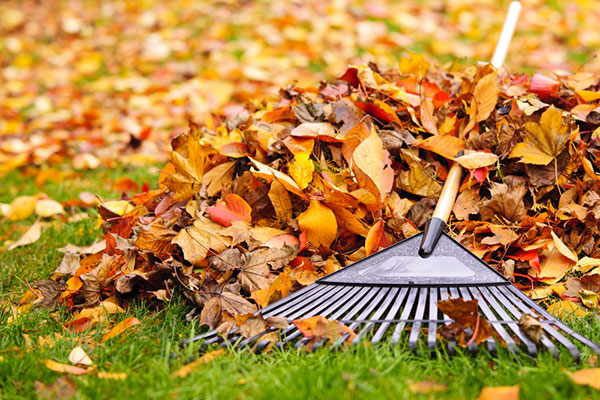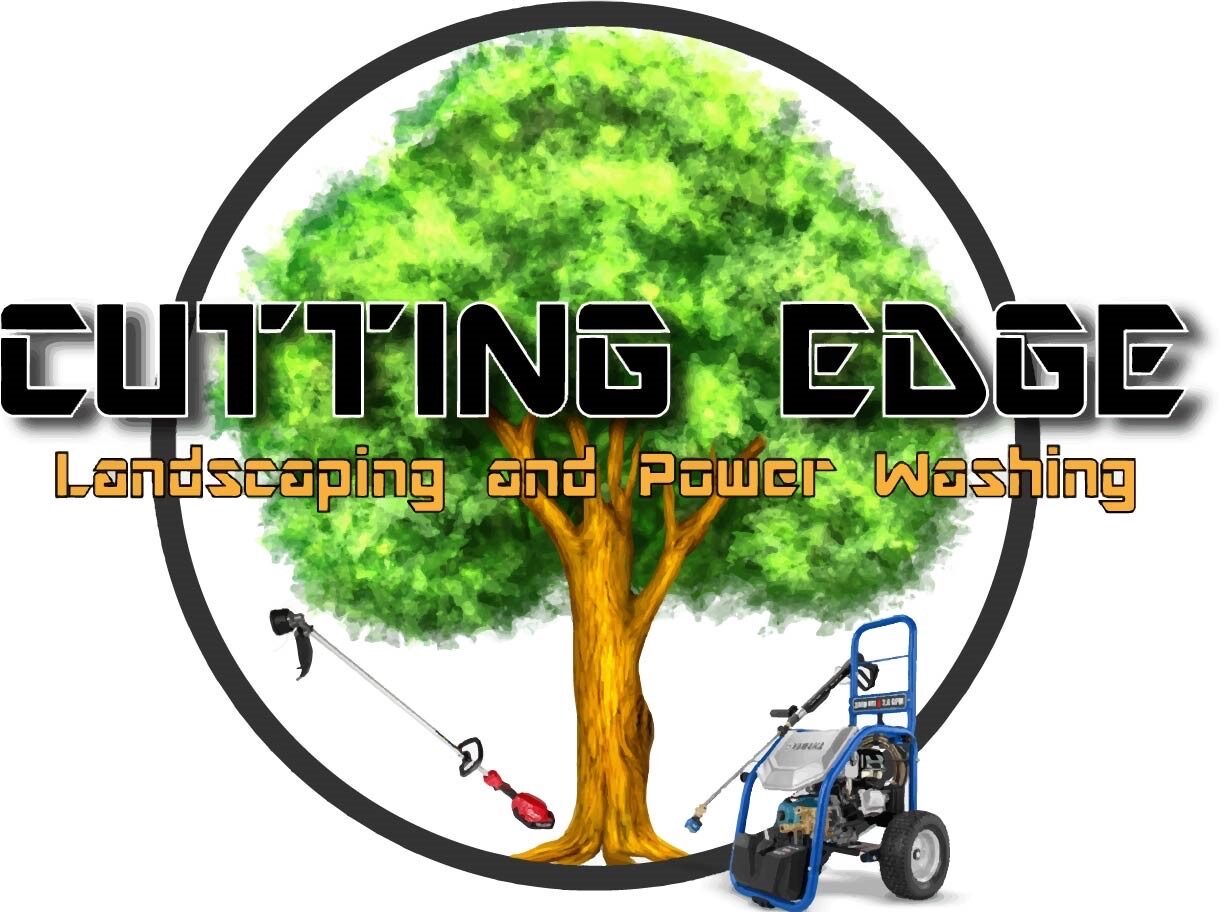Freshly fallen leaves look pretty lying on the grass, especially the red maple leaves, but eventually, they become a mess that comes with more yard work. Traditionally, raking is the first thing that comes to homeowners’ minds when cleaning up fall leaves. It is not a chore that most homeowners look forward to.
After all, it can be laborious and take plenty of hours. You might wonder if it is necessary to rake leaves. Won’t leave them to decompose naturally? Before throwing away your rake and leaving the leaves alone, there are a few things that you must take into account. Read on!

Why is it necessary to rake leaves?
Leaving the leaves on the ground might be better for the local ecosystem and the environment, but sometimes, raking leaves may be necessary for your yard’s health. Raking leaves help your grass grow, as a thick blanket of leaves can deprive it of air and sunlight, which inhibit its growth.
Raking also helps you remove the damaging hatch of your lawn. Furthermore, it reduces the number of leaves that can cause diseases affecting plantings and yard trees. The best way to clean up the leaves is with the rack and pile them up to decompose into the soil instead of grass or create leaf mulch.
Reasons Not to Rake
If you choose not to rack leaves, it will benefit the lawn and wildlife. Naturalists say that the fallen leaves layer is its mini ecosystem. When the leaves fall to the ground and break down, the essential nutrients are returned to the soil and grass. In addition, they provide coverage that suppresses weeds and preserves the soil’s moisture.
Leaves are the natural habitat of insects and birds and feed on and under the leaf layer. Butterflies depend on the fallen leaves, and pupa resides in the leaves during the colder months. That means raking can disrupt their life cycle, and you won’t enjoy the butterflies in the spring.
Birds also find food for their babies from the leaf litter. Leaf litter is sent to landfills, creating greenhouse gases as it breaks down and combines with other organic materials, which harms the environment.
Raking Leaves or Not: Final Verdict
Letting a thin layer of leaves on the grass or blowing off into the bushes is an excellent option, as this will turn into mulch and fertilizer. Alternatively, you can mow your lawn by chopping up the fallen leaves, which will help feed your lawn. However, if your lawn is covered with a thick layer of leaves, it is not suitable for the health of your lawn. Rather than turning into fertilizer, they will make your grass smoother and kill it before it becomes fertilizer.
If you don’t want to shred them with your lawn mower, you can rake them and add them to the compost pile. For faster decomposition, chop them off with a shovel. However, please don’t leave your leaves on the turf grass! Leaves will grow mold during the colder months, eventually affecting turf grass. Instead, use them as a base of your compost or transfer them over to soil. Call us today for your raking or any lawn care you need.
Is it necessary to rake leaves or not | Blog Article | Cutting Edge Mowing | All Rights Reserved | Greenville SC

